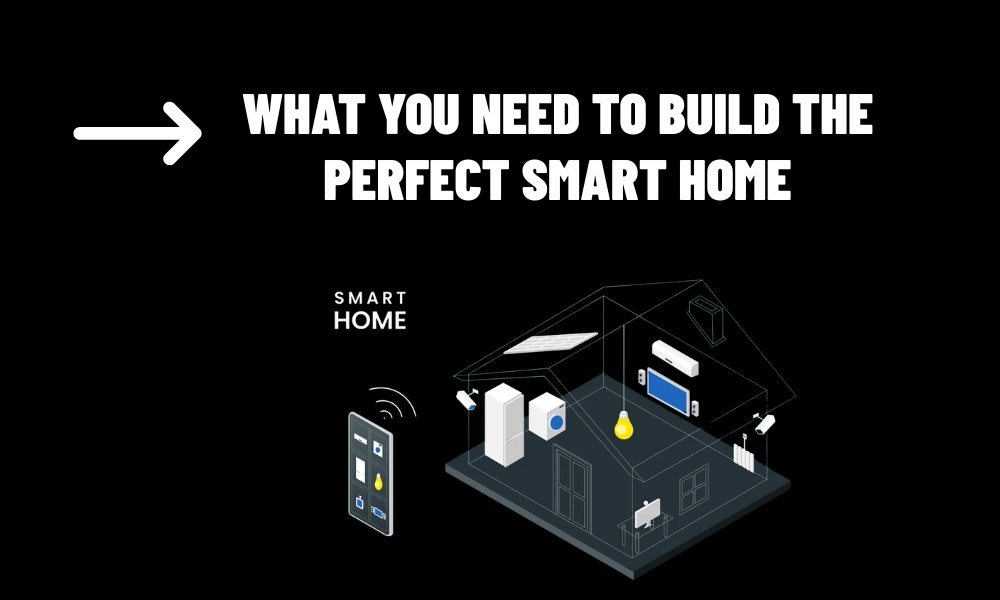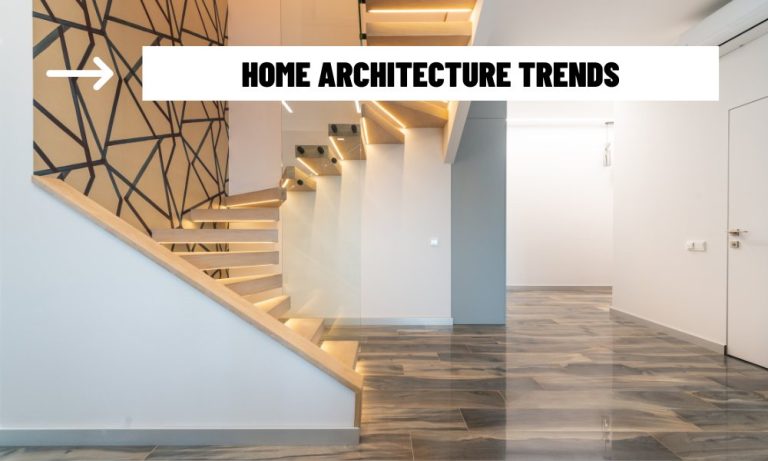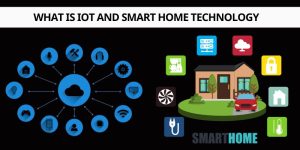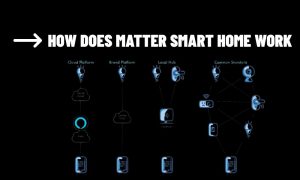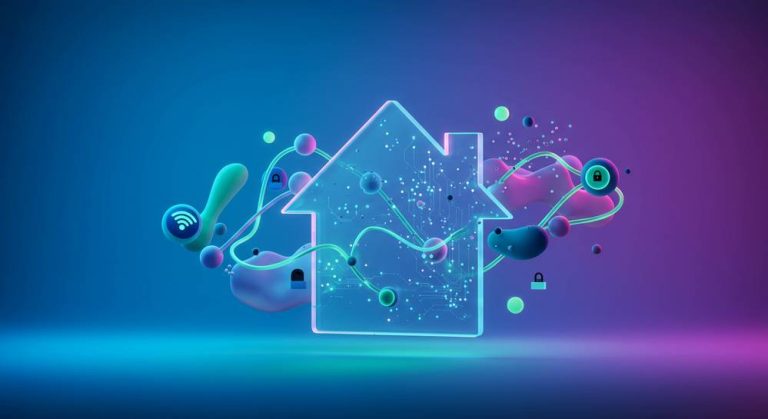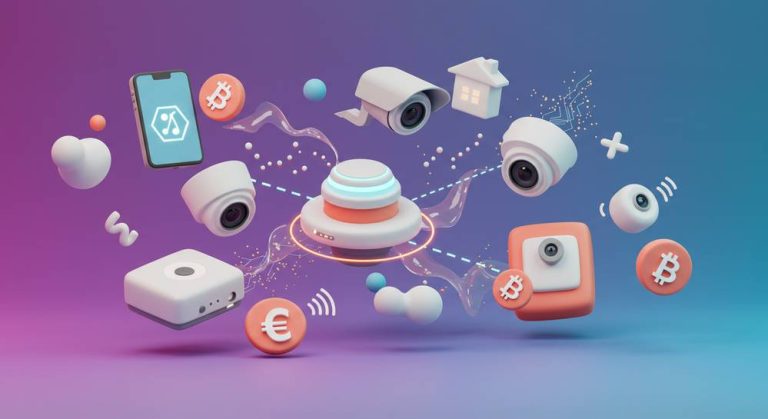A Beginner’s Guide to Creating Your First Smart Home
The concept of a smart home has captured the imagination of homeowners worldwide, promising a blend of convenience, energy savings, and cutting-edge technology. If you’re new to the world of smart homes, the array of devices and systems can feel overwhelming. As a smart home expert, I’ve distilled the essentials you need to kickstart your journey toward a connected, automated living space. This guide outlines the must-have components for a beginner-friendly smart home, ensuring you get started with confidence.
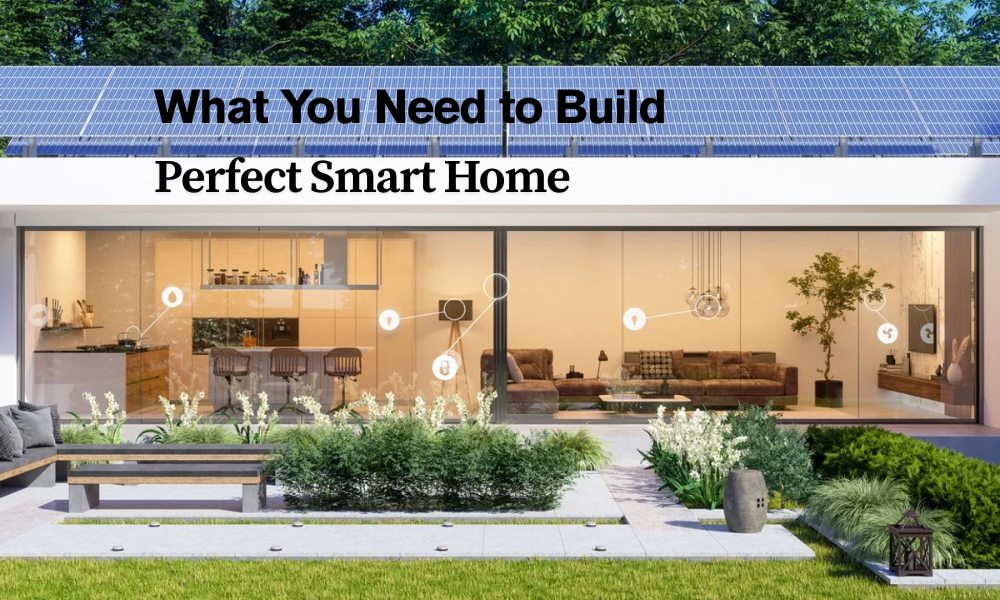
1. Start with a Smart Speaker or Hub
A smart speaker or hub is your entry point to a smart home, serving as the command center for your devices. Devices like Amazon Echo Dot, Google Nest Mini, or Apple HomePod Mini are affordable, user-friendly, and double as voice assistants. They let you control devices with simple commands like, “Turn on the living room lights.”
Why start here: Smart speakers are versatile, supporting multiple device types and voice platforms (Alexa, Google Assistant, or Siri).
Tip for beginners: Choose a hub that aligns with your preferred ecosystem (e.g., Google for Android users) and check for app usability.
2. Smart Lighting: An Easy First Step
Smart lighting is a beginner’s best friend, offering instant results with minimal setup. Smart bulbs like Wyze Bulb or TP-Link Kasa let you control lighting from your phone or voice assistant, with features like dimming and scheduling. For example, you can program lights to turn off when you leave or mimic occupancy for security.
Why it’s great for beginners: Easy to install (just screw in a bulb) and highly impactful.
Budget tip: Start with one or two bulbs in high-traffic areas like the living room or bedroom.
3. Basic Security: Smart Doorbells and Cameras
Enhance your home’s safety with smart security devices like a video doorbell (e.g., Blink or Ring) or an indoor smart camera. These devices provide real-time alerts and video feeds to your phone, letting you monitor your home from anywhere.
Key benefits: Affordable options are available, and most are easy to install without professional help.
Setup advice: Ensure your doorbell or camera connects to your Wi-Fi and integrates with your smart speaker for voice control.
4. Smart Plugs: Make Any Device Smart
Not ready to replace appliances? Smart plugs are a cost-effective way to add intelligence to everyday devices. Plug in a lamp, fan, or holiday lights, and control them remotely or set schedules using a smart plug like Gosund or Amazon Smart Plug.
Why they’re beginner-friendly: No technical expertise needed, and they work with almost any device.
Pro tip: Look for plugs with energy tracking to monitor power usage and save on bills.
5. Stable Wi-Fi: The Foundation of Connectivity
A dependable Wi-Fi network is non-negotiable for a smart home, as most devices rely on internet access to function. If your current router struggles with coverage, consider upgrading to a system like TP-Link Deco or Google Wifi for consistent performance across your home.
Why it’s critical: Poor Wi-Fi can cause devices to disconnect or respond slowly.
Quick fix: Test your Wi-Fi speed and place your router centrally to avoid dead zones.
6. Optional Add-On: Smart Thermostats
While not essential for beginners, a smart thermostat like Google Nest or Honeywell Home is a worthwhile upgrade. These devices optimize heating and cooling, saving energy while keeping your home comfortable.
Why consider it: Long-term savings and eco-friendly benefits.
Installation note: Check compatibility with your HVAC system or opt for professional installation.
Getting Started
Creating a smart home doesn’t have to be complex or expensive. Begin with a smart speaker and a few affordable devices like smart bulbs or plugs, then expand as you grow comfortable with the technology. Focus on devices that solve specific needs—whether it’s security, lighting, or convenience—and ensure they work together seamlessly. With a solid Wi-Fi foundation and a clear plan, your first smart home is just a few steps away. Ready to dive in? Start small, experiment, and watch your home transform into a smarter, more connected space.
